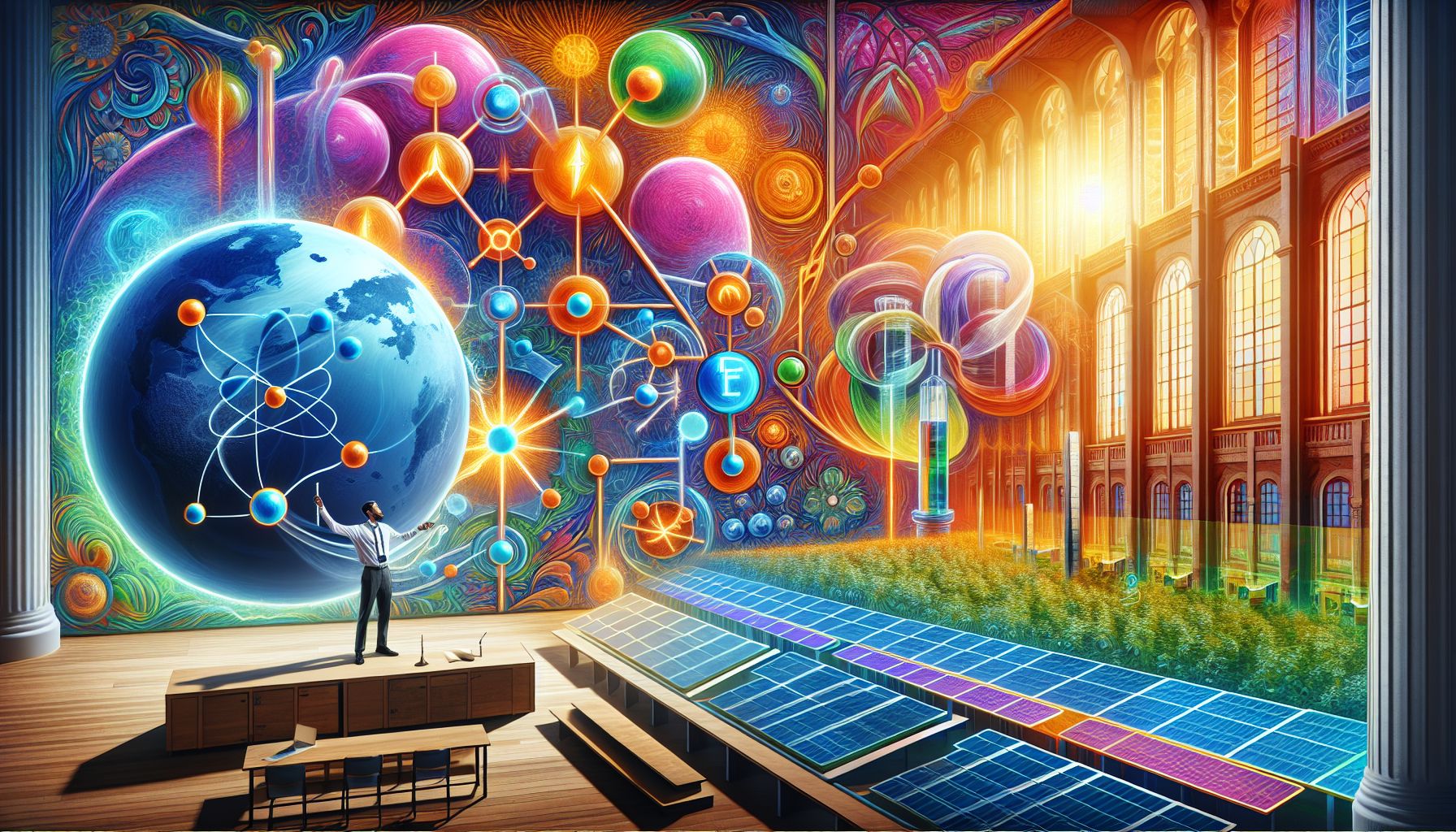Hydrogen: The Key to Balancing Renewable Energy Grids

Enschede, Saturday, 28 September 2024.
As renewable energy sources strain electrical grids, hydrogen emerges as a crucial buffer. Dr. Yashar Hajimolana from the University of Twente explains how hydrogen can stabilize energy supply, offering flexible storage for excess renewable power and providing clean electricity when needed, potentially revolutionizing grid management.
Challenges of Renewable Energy Integration
The transition to sustainable energy is pushing the electrical grid to its limits. Originally designed for stable energy flows from centralized fossil fuel power plants, the grid is now facing unprecedented stress due to the variable nature of renewable energy sources like wind and solar. Electric vehicles, heavy machinery, and fluctuating energy outputs from renewables all contribute to this growing demand.
Hydrogen as a Flexible Storage Solution
One of the major challenges with renewable energy is overproduction during peak times, leading to potential grid overloads and wasted energy if storage capacity is insufficient. Hydrogen offers a promising solution. By converting excess electricity into hydrogen through electrolysis, the surplus energy can be stored efficiently. This ‘green hydrogen’ can then be converted back into electricity using hydrogen fuel cells when renewable energy production is low, ensuring a stable power supply without emissions.
Innovations in Hydrogen Storage and Transport
Recent advancements have further enhanced the viability of hydrogen as an energy storage medium. For instance, HD Korea Shipbuilding & Offshore Engineering (HD KSOE) received an Approval in Principle (AiP) from DNV for its electric propulsion liquid hydrogen (LH₂) carrier design. This innovation, promising to store and transport 80,000 cubic meters of LH₂, could enable large-scale hydrogen shipping, thereby supporting global hydrogen supply chains and facilitating the integration of hydrogen into the energy grid.
Economic and Regulatory Hurdles
Despite its potential, the current production capacity of green hydrogen is limited by the high costs of electrolysis and regulatory obstacles. Blue hydrogen, produced from natural gas or biomass with CO₂ capture, offers a quicker and more economical alternative for industrial processes. Dr. Hajimolana emphasizes the need to reduce costs and simplify permitting procedures to encourage more investments in hydrogen technology.
Global Efforts and Future Prospects
Global efforts are accelerating to scale up hydrogen production and integrate it into existing energy infrastructures. For example, the U.S. Department of Energy (DOE) is focusing on improving hydrogen production efficiency and reducing costs, recognizing hydrogen’s critical role in stabilizing the electrical grid and decarbonizing various sectors. Similarly, integrated energy systems (IES) that blend hydrogen into natural gas pipeline networks are being explored to address storage and consumption issues, further enhancing energy utilization and planning efficiency.
Conclusion
Hydrogen’s role in balancing renewable energy grids is increasingly recognized as essential for a sustainable and reliable energy future. With ongoing research and technological advancements, hydrogen can provide the necessary flexibility and scalability for large-scale energy storage, helping to stabilize the grid and support the transition to a cleaner, more sustainable energy system.

